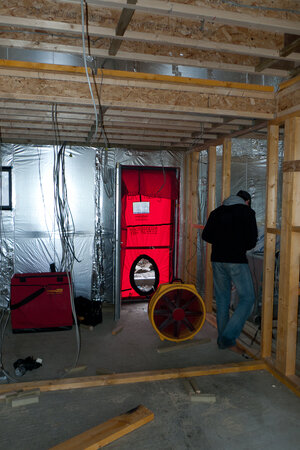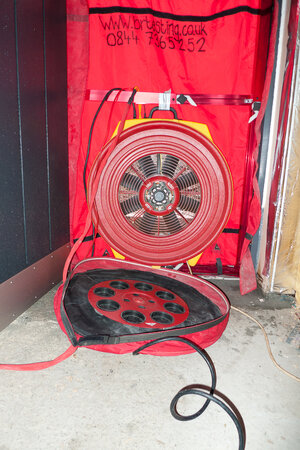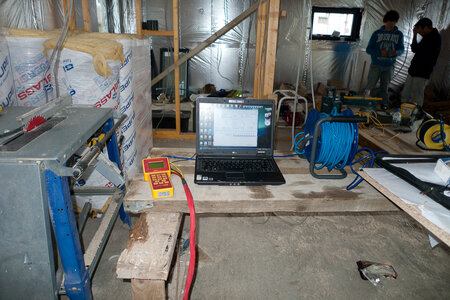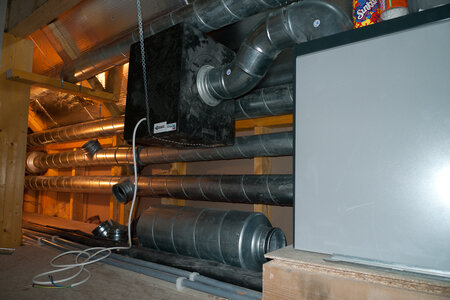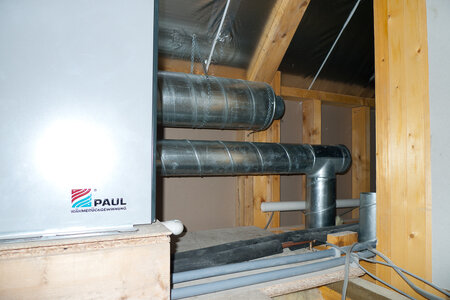Since we're comparing energy usage make of this what you will - I'm happy with it at least.
House built in 2010 to Passive House Standards; No heating system; No PV panels; No Heat Pump; No EV;
MVHR, Wood Burner and Hot water solar panel installed.
Floor plan about 150sqm, volume about 350sqm and open plan.
Home all the time but outside quite a bit in the better months.
- Average Electricity over 15 years 3796KWh per year. Current billing £50 per month but currently in credit by £163
- Gas usage only started about 10 years ago - 1.5 x 19kg propane per year - say about £75
- Logs - hard to measure as they don't have a smart log meter - approx £450 per year
- Hot Water Solar Panel runs on average 638 hours per year but its hard to tell what the energy input is since it only needs a +6degC difference between the collector temperature and the tank temperature. I reckon it paid for itself in about 5-6 years.
This time of year we'll light the fire about 4 or 5pm until about 10pm. By about Jan/Feb time this will be about midday until 10pm. Also at this time a 1.4Kw panel heater goes on timer from 7am to 10am to just boost the temperature up when we rouse our selves from winter hibernation.
The MVHR keeps the average winter house temperature at between 17-20 degC when fire not alight. Outside air temperature obviously varies but we can see overnights of approaching zero. Just a couple of days ago we hit 2.8degC.
When fire on this is 20 - 22. Noticeably the Humidity averages about 45 - 60 all year round and this makes the air quality much better and a lower temperature feels warmer.
When we've been away for an extended period in the winter months the MVHR goes onto an away mode - 15mins on every hour. The house temperature has never gone below 12degC and lighting the fire will raise the temperature within 2 or 3 hours. Sometimes the sun may shine for a few days before we return and the solar gain boosts the house temperature up quite a bit.
The MVHR also means we don't need a tumble dryer. Clothes etc will virtually dry overnight on an airer.
The drawback of heating with a wood burner is there is no automatic system to turn it on.
Hot water is via two immersion heaters, manually controlled..
A 150l one in the bathroom for showers and baths etc. This is supplemented via the Solar Panel.
A 15l one in the laundry room for that and the adjacent kitchen. This can be swtiched over to take some input from the Solar Panel if we've had a good few hot days. Since these two rooms get the most hot water usage it means we're not heating up and wasting a larger amount of water than we need.
In the summer time we roast as the house temperature can be over 35degC at times but we can open windows to dissipate some of this. Problem occurs at night sometimes when bedroom temperature hits 28degC and we can't open a window since its midge season. Later MVHR systems had a summer bypass which would at least let some cooler air in but ours doesn't.



